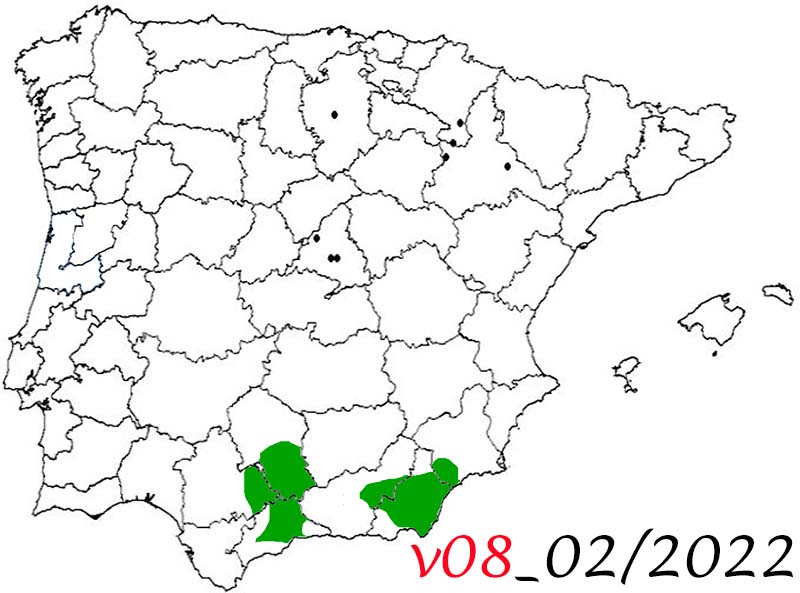


8. Trip to the South of Spain
8. Trip to the South of Spain
February 25 to March 7, 2022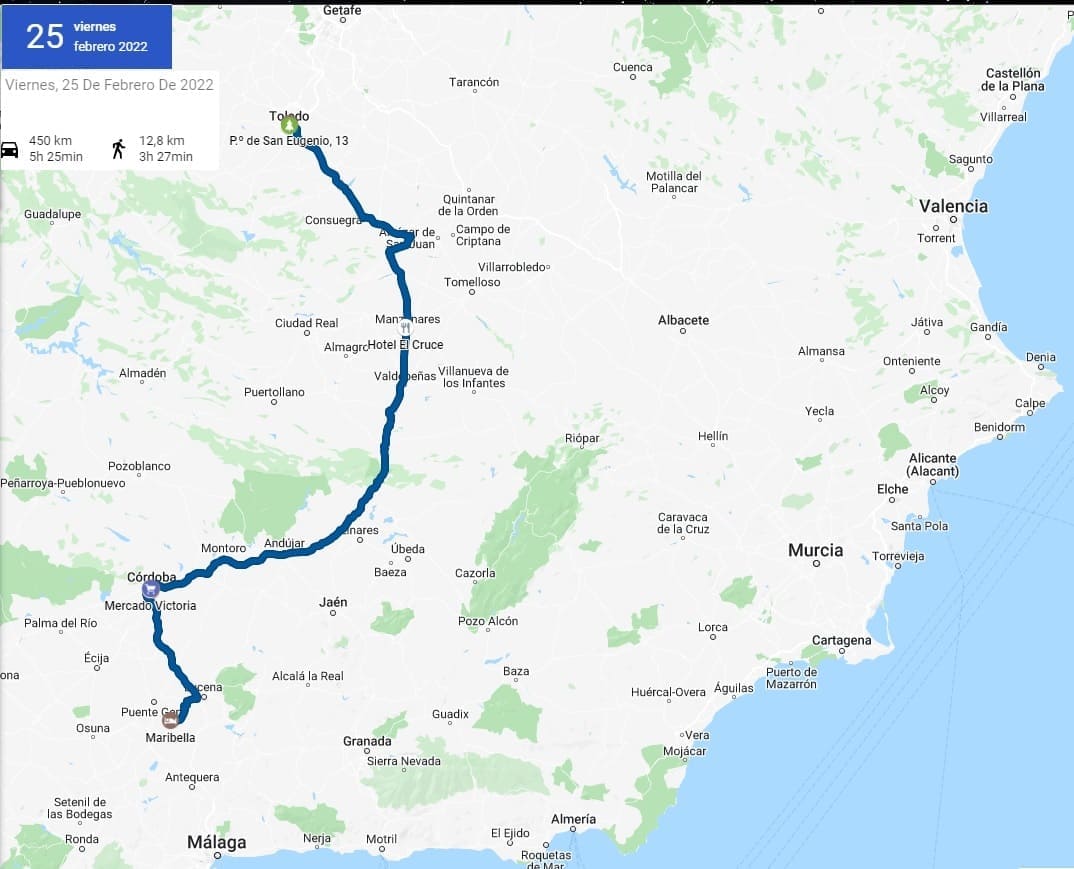


123. Córdoba
123. Córdoba
The first day's departure would be to Córdoba. The arrival would be around 12 in the morning. Park near the victory park, in the center of Córdoba. The historic center is to the southwest of the park that is delimited by the Guadalquivir river to the south and by the convents to the north, the Christ of the Lanterns among others.
It is a city that existed before the Romans, possibly an Iberian town that grew due to trade with some Phoenician post. There are many Roman remains in the city and an archaeological museum, as the ruins of the old Roman theater still exist. But what it stands out for is the Mozarabic period in which one of the largest Islamic constructions was erected, the Mosque of Córdoba. In the 10th century it reached its maximum splendor, exceeding 100,000 inhabitants and being the most populated city in all of Europe. At that time it could be considered the epicenter of the entire Iberian Peninsula. Little by little it lost value in favor of Granada, which would become the new capital of the Almohad kingdom. After the Christian reconquest, numerous churches and convents would be built in the city, and the cathedral would be built inside the mosque as they considered it a valuable work to be demolished. In fact Carlos V thought that not a span should have been touched for the construction of the cathedral.
Due to the taste of the monarchy of the time, power would gradually shift from Córdoba and Granada to Seville, congregating there a greater number of palaces and religious buildings, craft stalls, industries, etc. being today the capital of all Andalusia and the most populated city.
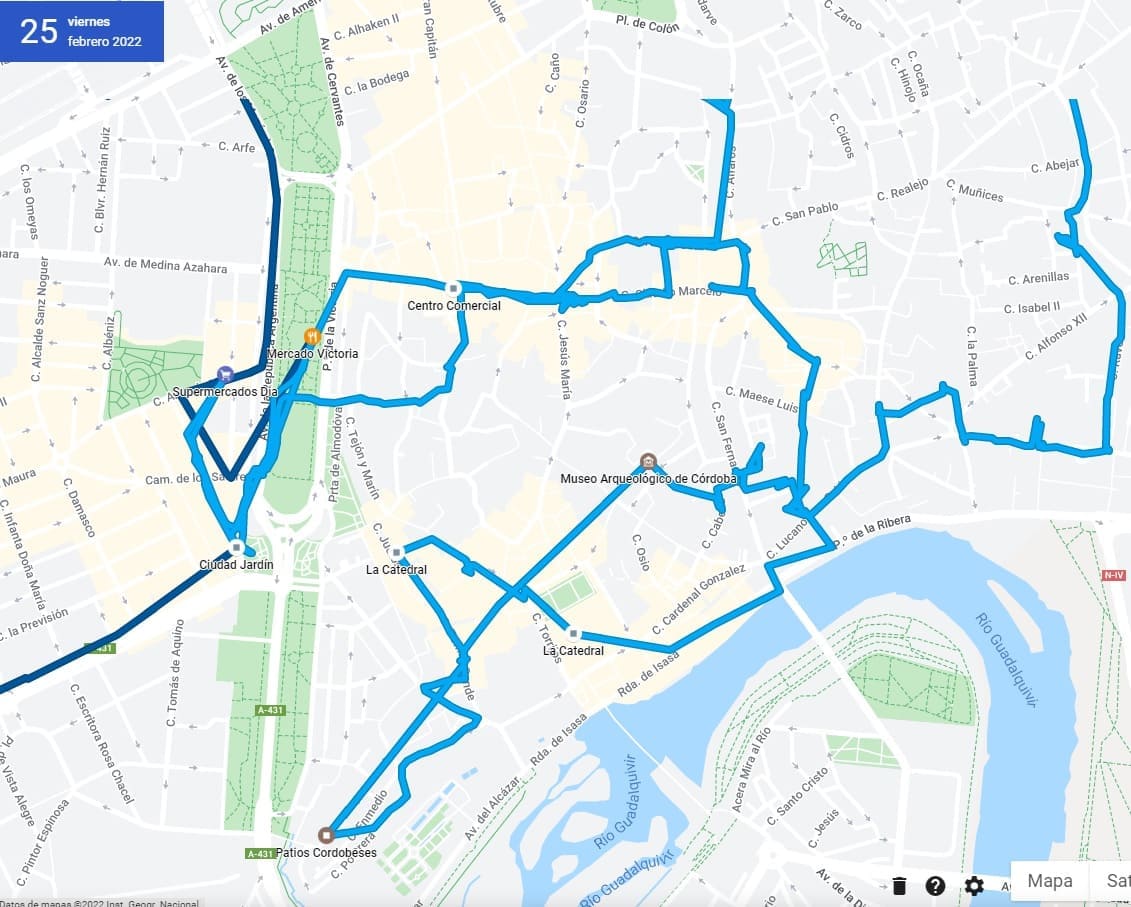
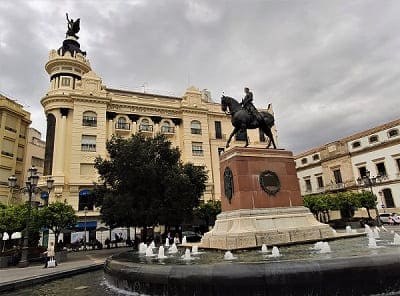
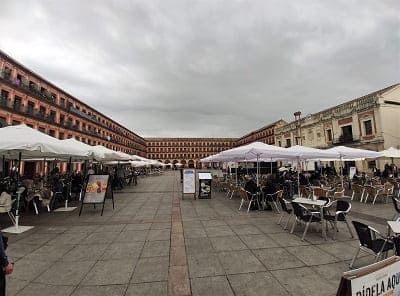 Upon entering the first thing, you would pass through the church of San Juan de Dios and the military command square to reach one of the two most important squares in Córdoba, the Tendillas square, where one of the offices is located. of tourism. Nearby is the Circulo de Amigos, a neo-classical mansion with spectacular rooms where people belonging to the upper echelon of Cordoba have used it for lunch, dinner or simply having a coffee. Today it continues to function but it is no longer such a select club, but one that includes other lower social classes.
Upon entering the first thing, you would pass through the church of San Juan de Dios and the military command square to reach one of the two most important squares in Córdoba, the Tendillas square, where one of the offices is located. of tourism. Nearby is the Circulo de Amigos, a neo-classical mansion with spectacular rooms where people belonging to the upper echelon of Cordoba have used it for lunch, dinner or simply having a coffee. Today it continues to function but it is no longer such a select club, but one that includes other lower social classes.
You would then arrive at the town hall square, where the church of San Pablo and the remains of the Roman theater are located.
Nearby is the second most important and most authentic square in Córdoba, the Plaza de la Corredera, where there are homogeneous buildings similar to other squares in important towns in Spain. This square is given over to restaurants and bars, with a lot of noise inside.
Once you have seen this area that corresponds to the last 3 centuries, you would go to the mosque. The next important square that I visited was Plaza del Potro which is about 5 centuries old, from the reign of Felipe II and where you can see the Casas del Potro, Cordovan houses from 4 centuries ago which have been perfectly preserved to this day. At the end of the square you can see the pillar of the Triumph of San Rafael. Not to be confused with the one near the Mosque, which is a different, more important one.
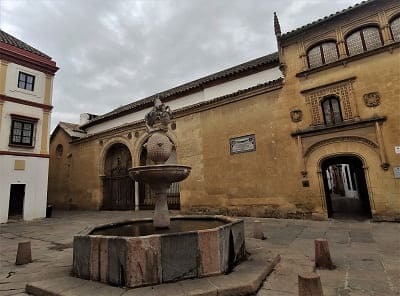
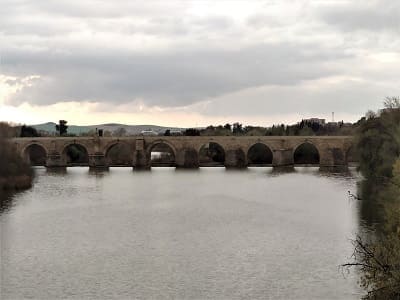
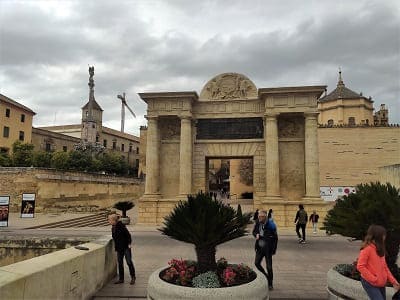 Having already reached the river, I would contemplate the Roman bridge over the Guadalquivir river. After taking a few photos towards the gate of the bridge, he would arrive at the Plaza del Triunfo where the monument to the triumph of San Rafael is located, in a more spectacular way than the one in Plaza del Potro. The mosque can already be seen and the first door we have in the southwestern part is the Door of the Star of Wishes. This door is never open but it does connect with the mosque. In front is the Palace of Congresses that in its day was a hospital, in which the cover stands out, being the architecture of the late Gothic 16th century. After going through these places, I would arrive at the mosque.
Having already reached the river, I would contemplate the Roman bridge over the Guadalquivir river. After taking a few photos towards the gate of the bridge, he would arrive at the Plaza del Triunfo where the monument to the triumph of San Rafael is located, in a more spectacular way than the one in Plaza del Potro. The mosque can already be seen and the first door we have in the southwestern part is the Door of the Star of Wishes. This door is never open but it does connect with the mosque. In front is the Palace of Congresses that in its day was a hospital, in which the cover stands out, being the architecture of the late Gothic 16th century. After going through these places, I would arrive at the mosque.
The Mosque-Cathedral is one of the most important monuments in Spain and in the world, and it cannot be the most important because there are other wonders that would be difficult to assess. It is one of the few buildings that mixes religious architecture of various kinds inside, such as Islam and Christianity. In Toledo the synagogue of Santa María la Blanca mixes the 3 cultures but it is not as important as this building since it was the most important mosque in the peninsula in 7 centuries of Muslim domination and after the reconquest they carried out a reform to locate the cathedral in its interior with the best materials of the time, however as a Catholic cathedral itself there are other better works of art to the north.
It is the most emblematic monument of Hispano-Muslim Umayyad art, it is a World Heritage Site and one of the most visited sites in all of Spain.
Construction began as a mosque in the year 784; Until recently it was believed that after the appropriation by the Muslim conquerors of the Hispano-Roman basilica of San Vicente Mártir and the reuse of part of the materials, it was reserved for Muslim worship, but more recent archaeological studies dispute this hypothesis. The building was subject to extensions during the Emirate of Córdoba and the Caliphate of Córdoba. With 23,400 square meters, it was the second largest mosque in the world in terms of surface area, behind the Mosque of Mecca, and was later surpassed by the Blue Mosque (Istanbul, 1588).
In it we can find all the elements of a cathedral such as its main altarpiece, the choir, the organs, different chapels, and in turn elements of a great mosque such as the mihrab, the dome that is wonderful, the arches of the mosques that in This case contains 3 generations of Mozarabic kings in which pillars from other constructions in the area were used, each one different from the previous one, a huge patio that would be the cloister in a cathedral and the minaret that would end up being transformed into a Christian tower but keeping the details ancient arabs.
If I had to choose the 10 most important monuments in Spain, it would be the Mosque of Córdoba, the Alhambra in Granada, the Gothic cathedrals of Toledo, Burgos and León, the Monastery of El Escorial, the Romanesque of Asturias and Palencia, the Basilica del Pilar in Zaragoza, the Roman theater in Mérida, the Trujillo square, the Gaudí cathedral in Barcelona and the Santiago de Compostela cathedral. That leaves me with many places full of monuments and places but that do not have any that stand out so much.
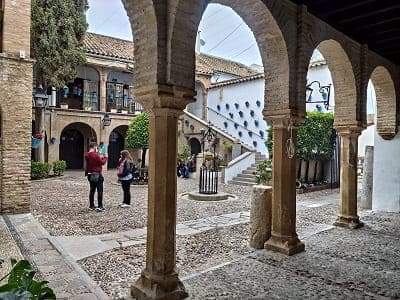
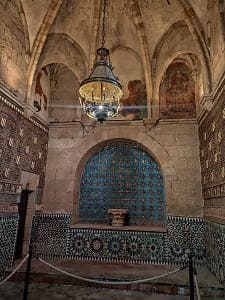 After seeing the mosque-cathedral, I would visit the Jewish quarter, where the old synagogue is located, in the same style as La Sinagoga del Tránsito in Toledo but smaller and less luxurious in its details. Also visit the souk of Córdoba, a former meeting point for Arabs, Jews and Christians to trade and meet. Nearby is the chapel of San Bartolome. Gothic-style chapel retouched on its walls with golden shields and with paintings that are still preserved inside. It would pass through different courtyards of the Jewish quarter corresponding to the old souk of the city. Then it would go through the square where the bullfighting museum is and in the direction of the Alcázar.
After seeing the mosque-cathedral, I would visit the Jewish quarter, where the old synagogue is located, in the same style as La Sinagoga del Tránsito in Toledo but smaller and less luxurious in its details. Also visit the souk of Córdoba, a former meeting point for Arabs, Jews and Christians to trade and meet. Nearby is the chapel of San Bartolome. Gothic-style chapel retouched on its walls with golden shields and with paintings that are still preserved inside. It would pass through different courtyards of the Jewish quarter corresponding to the old souk of the city. Then it would go through the square where the bullfighting museum is and in the direction of the Alcázar.
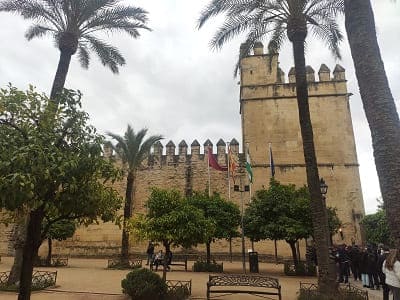
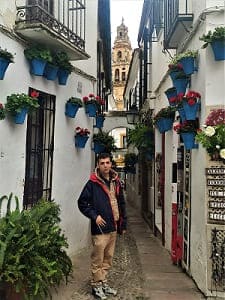 The Alcazar is the second most important building in Cordoba after the Mosque-Cathedral, having 5 huge ponds surrounded by large gardens. The area is quite large but the fortress itself is small and can be visited in 1 hour.
The Alcazar is the second most important building in Cordoba after the Mosque-Cathedral, having 5 huge ponds surrounded by large gardens. The area is quite large but the fortress itself is small and can be visited in 1 hour.
After seeing the fortress, he would pass by the royal stables in which there was space for about 100 groups of horses. Being one of the largest in Spain inside a building.
Lastly, in the area, I would go to visit the Cordoba patios that are close to this area, and where the best ones are located and have won the most patios in the contest that is held every year.
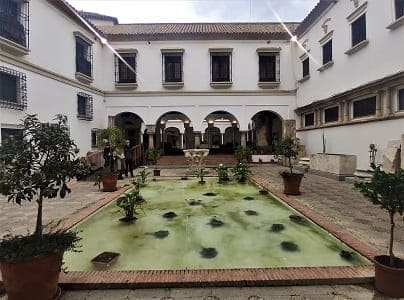
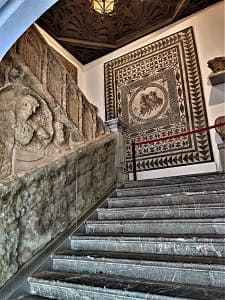
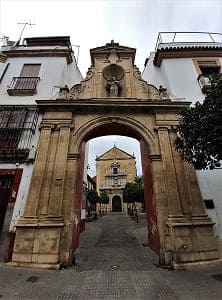
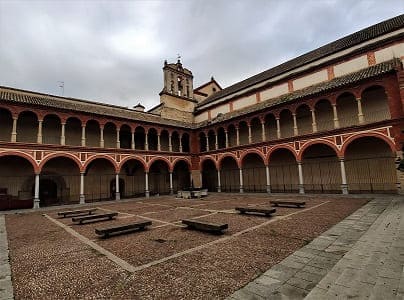
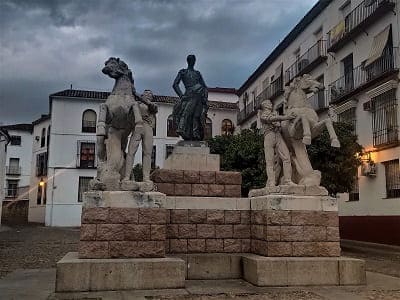 In addition to these religious constructions, he would pass through important places for a Cordovan such as the Plaza de Aguayos, the Viana Palace, the patio of the Casa de las Campanas and the Plaza del los Capuchinos where the Cristo de los Faroles is located. strong> that can be seen in the image and two of the churches mentioned above.
In addition to these religious constructions, he would pass through important places for a Cordovan such as the Plaza de Aguayos, the Viana Palace, the patio of the Casa de las Campanas and the Plaza del los Capuchinos where the Cristo de los Faroles is located. strong> that can be seen in the image and two of the churches mentioned above.
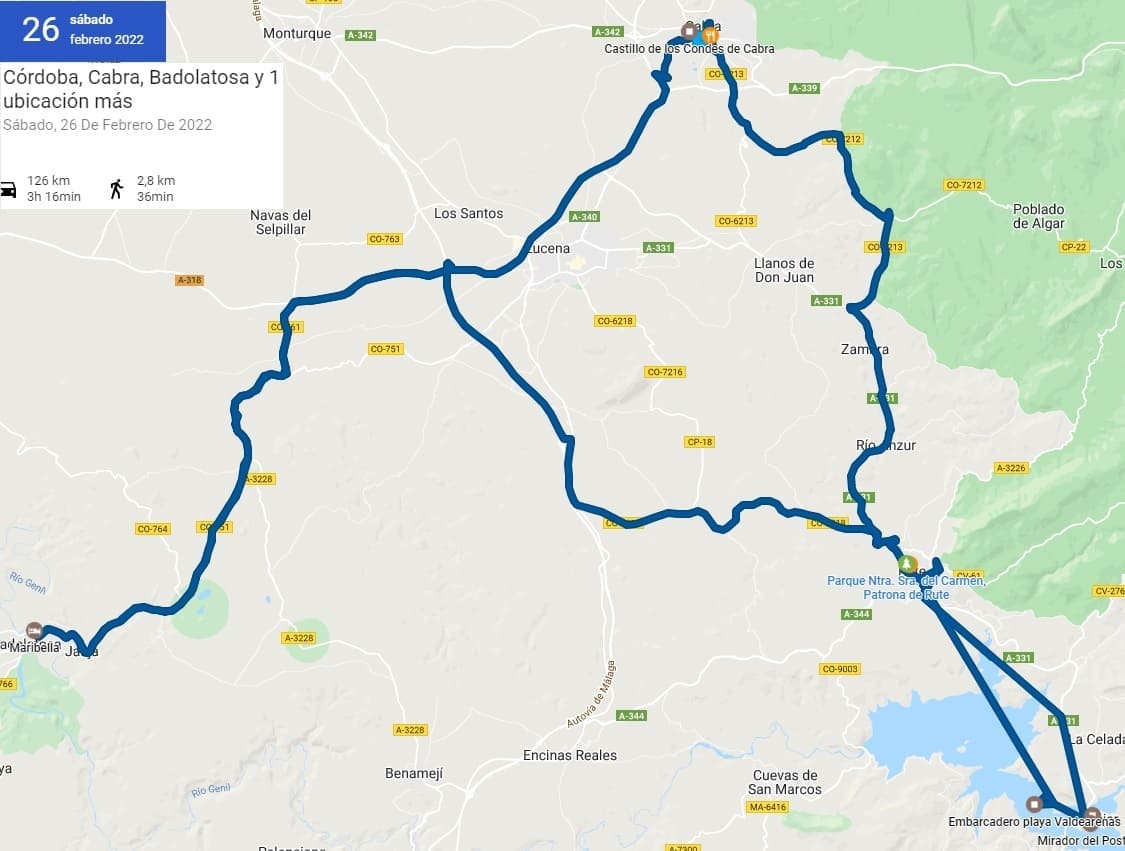
© 2016 - All Rights Reserved - Designed by Sergio López Martínez